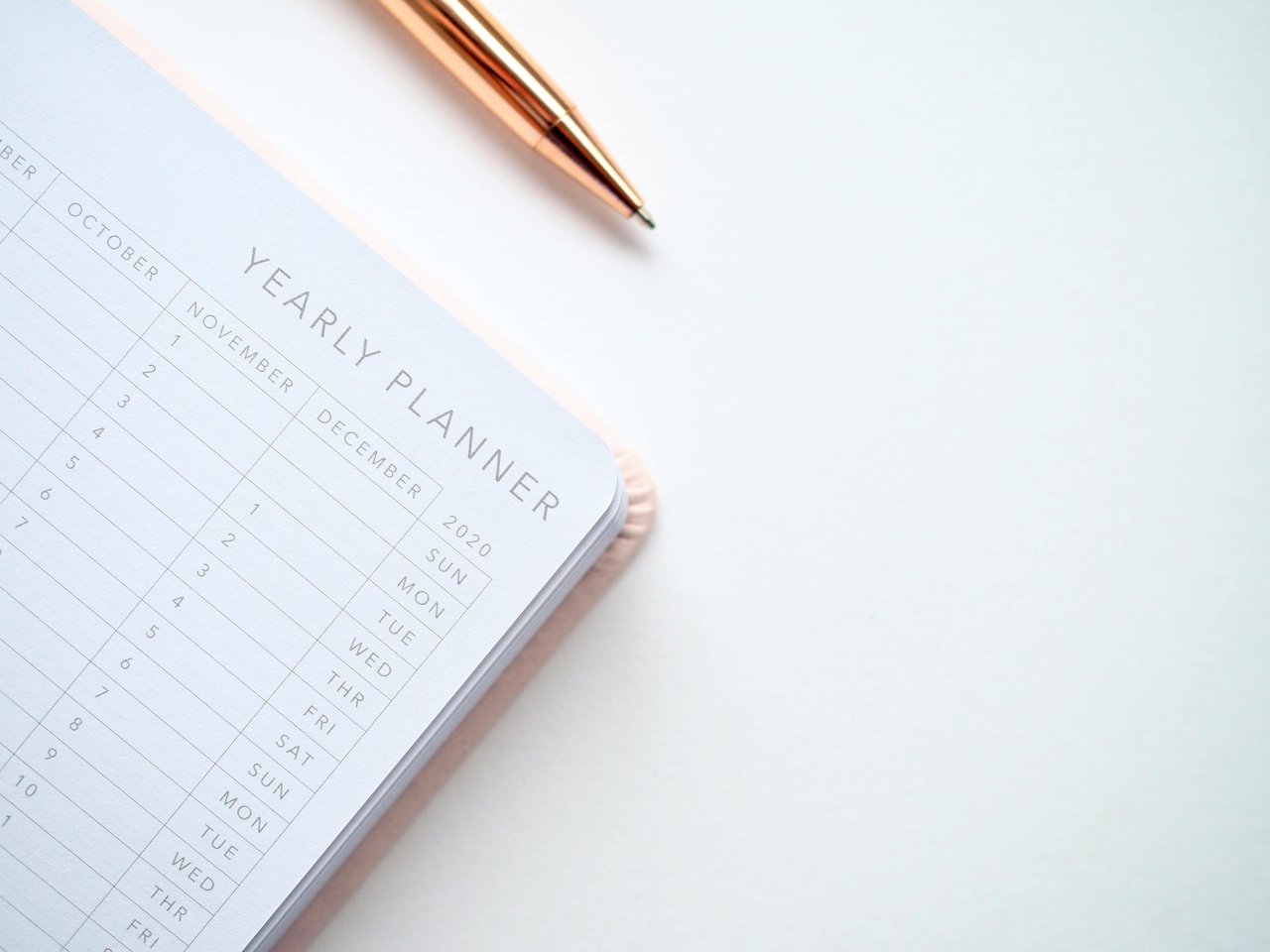Homeowners insurance is a vital safeguard for one of your most significant investments—your home. It provides financial protection against unexpected events that can result in damage or loss. For those new to homeownership, understanding what homeowners insurance covers is crucial. This guide outlines the key components of a standard homeowners insurance policy to help you understand the coverage it offers.
Structure of Your Home (Dwelling Coverage)
-
Covered Perils: Most standard policies cover damage from events such as fire, windstorms, hail, lightning, and vandalism. For example, if a fire damages your home's roof or walls, dwelling coverage would help pay for repairs or rebuilding costs.
-
Exclusions: Not all natural disasters are covered under standard homeowners insurance. For instance, damage caused by earthquakes or floods typically requires separate insurance policies. It's essential to understand the specific exclusions in your policy to ensure you have adequate coverage for your region.
-
Extensions: In addition to the main structure, dwelling coverage can also extend to attached structures like garages, decks, and porches. However, it usually does not cover detached structures like sheds or detached garages, which may require additional coverage.
Personal Property Coverage
-
Covered Items: This coverage typically applies to personal property losses from events like fire, theft, or vandalism. For example, if a burglary results in the loss of electronics or jewelry, personal property coverage would provide reimbursement up to the policy's limits.
-
Coverage Limits: Personal property coverage usually has limits on certain categories of items, such as jewelry, art, and collectibles. If you own high-value items, you may need to purchase additional coverage, known as a "rider" or "endorsement," to ensure they are adequately protected.
-
Off-Premises Coverage: Some policies extend personal property coverage to items outside the home. For instance, if your luggage is stolen while traveling, your homeowners insurance may provide compensation, subject to the policy terms and limits.
Liability Protection
-
Bodily Injury: If a guest is injured on your property, such as slipping on an icy walkway, liability coverage can help pay for medical expenses and legal fees if you are found responsible.
-
Property Damage: Liability protection also covers accidental damage you cause to someone else's property. For example, if your child accidentally breaks a neighbor's window while playing, this coverage can help cover the repair costs.
-
Personal Liability Limits: Policies typically have a standard liability limit, often starting at $100,000. However, many homeowners opt to increase this limit for added protection. Umbrella insurance is another option for those seeking additional liability coverage beyond what a standard policy offers.
Additional Living Expenses (ALE)
-
Covered Expenses: ALE can include costs such as hotel bills, restaurant meals, and other living expenses incurred while your home is uninhabitable. For example, if a fire forces you out of your home, ALE would cover the cost of staying in a hotel and dining out until repairs are complete.
-
Limitations: ALE coverage has limits, typically based on a percentage of your dwelling coverage. It's important to review your policy to understand these limits and ensure they are sufficient for your needs. The coverage period is also limited, so knowing the duration of coverage provided by your policy is essential.
Other Structures Coverage
-
Covered Perils: Similar to dwelling coverage, this protection applies to damage from covered events like fire, wind, or vandalism. For instance, if a storm damages your detached garage, other structures coverage would help pay for the repairs.
-
Coverage Limits: The limit for other structures coverage is usually a percentage of your dwelling coverage, often around 10%. Depending on the value of these structures, you may need to adjust this limit to ensure adequate protection.
What Homeowners Insurance Typically Doesn't Cover
-
Flood and Earthquake Damage: Damage from floods and earthquakes is typically not covered under standard homeowners insurance. If you live in an area prone to these natural disasters, consider purchasing separate flood or earthquake insurance.
-
Maintenance and Wear and Tear: Homeowners insurance is not a maintenance policy. It does not cover damage resulting from neglect, wear and tear, or lack of proper upkeep. For example, damage caused by pests, mold, or general deterioration is usually excluded.
-
High-Value Belongings: As mentioned earlier, high-value items like jewelry, art, or expensive electronics may have coverage limits. You may need additional riders or endorsements to fully protect these items.
Protect Your Home and Investment
To explore real estate opportunities in Scottsdale, contact Jeff Barchi. With his expertise in the Scottsdale market, Jeff can provide guidance on finding the perfect home and ensuring it's well-protected.




